
All e-bikes are not the same. Some e-bikes are pedal-assist only, while others have throttles. Some e-bikes have higher maximum speeds than others. In order to regulate e-bikes, the different styles of e-bikes have been divided into a 3-class system.
The first legal definition of an e-bike was passed into US law in 2002, and later, PeopleForBikes spearheaded the development of the 3-class e-bike system in the USA, with inspiration taken from the European system. (Scroll down for more on the history of the e-bike classification system.) While the class definitions in the USA are similar to those in Europe and Canada, they aren’t identical. Below, we’ll focus primarily on the American system, with a few comments denoting differences between the American system and the Canadian and European systems.
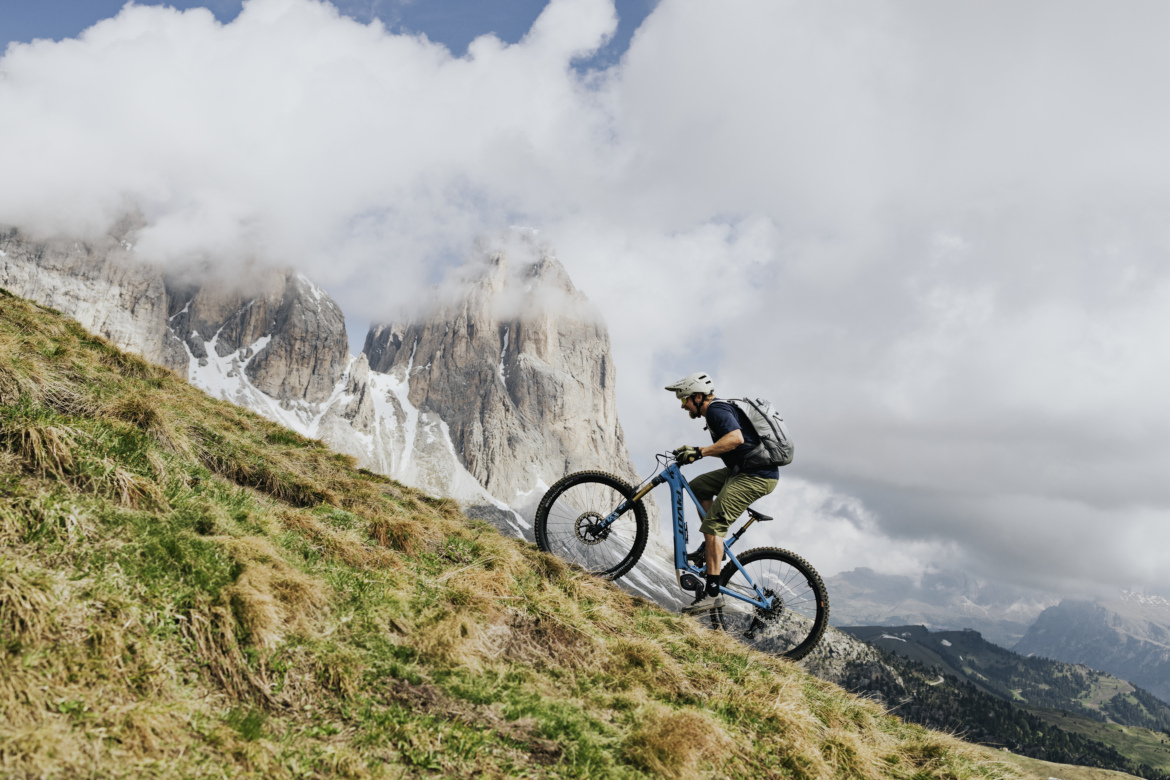
E-bike classes: The three different types of e-bikes
These are the similarities and differences between the three different classes of e-bikes.
Class 1 e-bikes
Class 1 e-bikes are “equipped with a motor that provides assistance only when the rider is pedaling, and that ceases to provide assistance when the electric bicycle reaches 20mph,” according to PeopleForBikes (PFB). Most high-end eMTBs sold today are Class 1, as most trails that allow electric mountain bikes only authorize access for Class 1 e-bikes.
Class 1 eMTBs ride almost identically to a regular mountain bike, where the rider must pedal to achieve forward progress. As the rider pedals, the motor adds additional power based on the human input at a ratio determined by a controller on the handlebar. On most e-bikes, the controller has three assistance levels. Once the rider has reached the maximum legal speed, the motor shuts off and doesn’t provide any additional assistance. However, the bike can still go faster — for instance, on downhills — but is unassisted by the motor.
While the USA limits Class 1 e-bikes to a maximum of 20mph, the EU limits Class 1 e-bikes to a slower speed of 15.5mph (25.5kmh).
Class 2 e-bikes
Class 2 e-bikes are “equipped with a throttle-actuated motor that ceases to provide assistance when the electric bicycle reaches 20mph,” according to PFB. While Class 2 e-bikes are capped at the same maximum speed as Class 1, the throttle makes it possible for riders to accelerate and travel without pedaling at all. This means that in order for the rider to receive any additional speed from the motor, they must press a button attached to their handlebars. In addition, the rider can pedal as they normally would, but the motor doesn’t automatically add power as it does on a pedal-assist bike.
“Class 2 may not be suitable for singletrack mountain bike trails — it has been shown that they pose greater physical damage to trails due to the throttle-actuation,” writes Bosch. “Class 2 may be better suited for multi-use OHV trails designed for more rugged off-road vehicles.” Note that Bosch only produces Class 1 and Class 3 e-bike motors.
Class 3 e-bikes
Class 3 e-bikes are “equipped with a motor that provides assistance only when the rider is pedaling, and that ceases to provide assistance when the electric bicycle reaches 28mph,” according to PFB.
“Class 3 e-bikes are typically allowed on roads and on-road bike lanes (‘curb to curb’ infrastructure), but restricted from bike trails and multi-use paths,” writes Bosch. “While a 20-mph maximum speed is achievable on a traditional bicycle, decision makers and agencies consider the greater top-assisted speed of a Class 3 e-bike too fast for most bike paths and trails that are often shared with other trail users.”
Consequently, almost all Class 3 e-bikes tend to be commuter or road bike-focused. While Bosch claims that Class 3 e-bikes are often considered too fast for most bike paths, we’ve seen many municipal governments in the USA allow Class 3 e-bikes on paved bike paths — but not narrow singletrack trails.

All e-bike classes are limited to 750W
Finally, note that “all classes limit the motor’s power to one horsepower (750W),” according to Bosch. If a two-wheeled machine can deliver more than 750W, it is no longer classified as a “bicycle” and becomes a “motorcycle,” “moped,” or some other motorized designation. In Canada, e-bikes are limited to 500W at the Federal level. Above that, e-bikes are classified as motorized vehicles in Canada, and are required to be registered and insured.
For example, even though Sur-Ron calls their “Light Bee” an “electric bike,” the stock Light Bee delivers 6,000W-7,000W (depending on which sources you check), with modified Sur-Rons capable of delivering up to 30,000W. Electric motorcycles of this type are not considered to be a class of e-bike and are not allowed on non-motorized trails. Sur-Rons are only allowed on singletrack trails that also allow motorcycles.

The history of the US e-bike classification system
In 2002, almost a decade before the first commercial e-mountain bike would arrive, a number of individuals, including Dr. Malcolm Currie, the former CEO of Hughes Aircraft and Under Secretary of Defense for Research and Engineering from 1973-77, worked to craft federal legislation amending the Consumer Product Safety Act and wresting control of electric bicycles from the National Highway Traffic Safety Administration (NHTSA). On December 4, 2002 the bill passed, codifying at the federal level the definition of a low-speed electric bicycle.
According to the bill, “the term `low-speed electric bicycle’ means a two- or three-wheeled vehicle with fully operable pedals and an electric motor of less than 750 watts (1 h.p.), whose maximum speed on a paved level surface, when powered solely by such a motor while ridden by an operator who weighs 170 pounds, is less than 20 mph.”
Further, the bill states “a low-speed electric bicycle (as defined in section 38(b) of the Consumer Product Safety Act) shall not be considered a motor vehicle as defined by section 30102(6) of title 49, United States Code.” This suggests e-bikes — at least according to the federal government — are not motor vehicles, despite having, well, motors.
Larry Pizzi worked with Dr. Currie at his eponymous company, Currie Technologies, in 2002.
“My understanding from that era, when I went to work for them, was that the speed and power were determined based on what an athletic cyclist could do on a paved level surface,” said Pizzi.
While the 2002 Federal Low Speed Electric Bicycles (LSEB) Law defines what an electric bicycle is and gives the Consumer Product Safety Commission (CPSC) oversight over their sale, it does not address their use. That is, the laws, at a federal level, simply allow the products to be sold in the United States. Regulating how the bikes are used would be up to each state, or in many cases, even lower down at the city level.
As a member of the board at the Bicycle Product Suppliers Association (BPSA), which would later merge with People for Bikes, Pizzi was tasked with helping states understand this new product category as they considered usage regulations.
“We envisioned a way to sort of address the concerns of local municipalities and bicycle advocates and in the industry, and we developed these three classes,” said Pizzi. “The three classes were configured based on what we had inherited out of this public law that already set the bar at 750 watts and 20 miles an hour.”


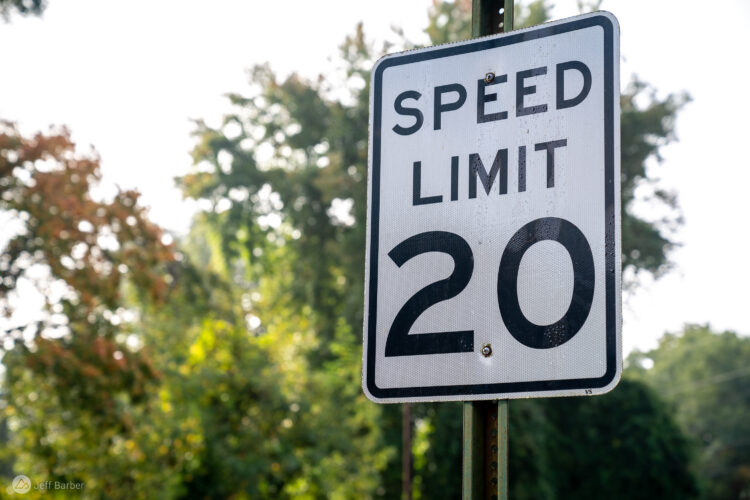

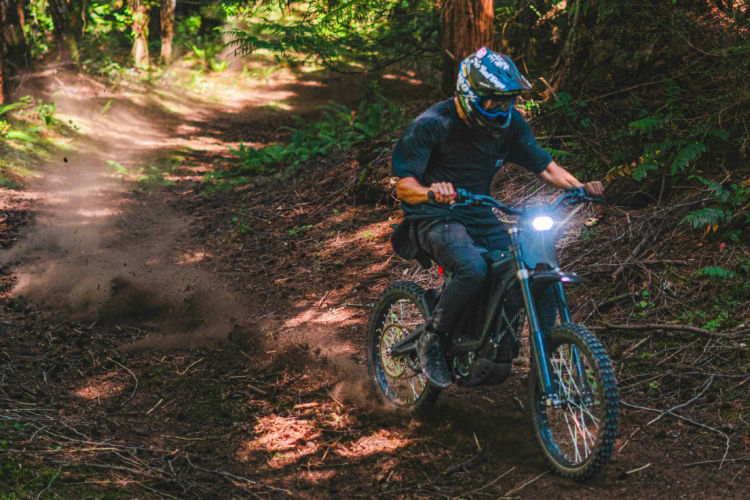
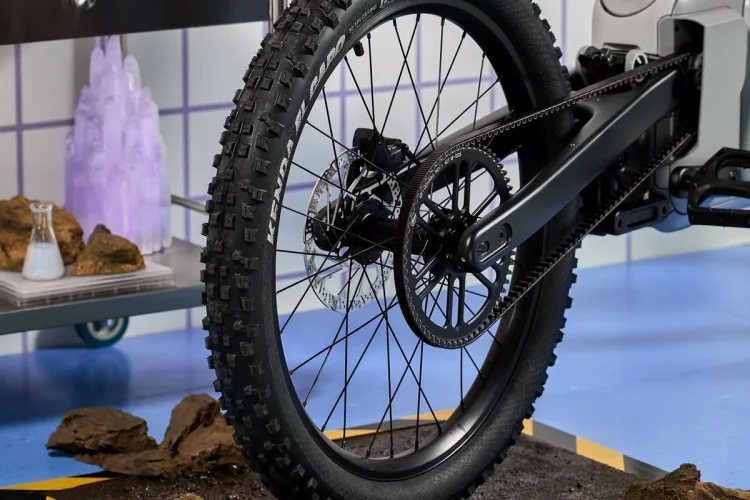
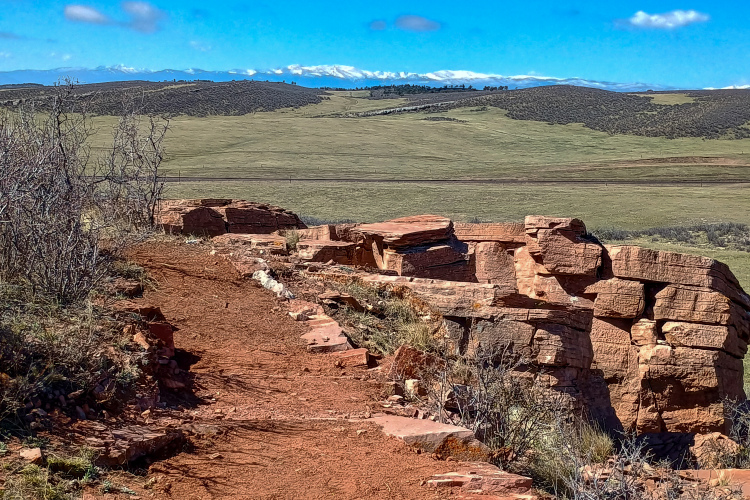
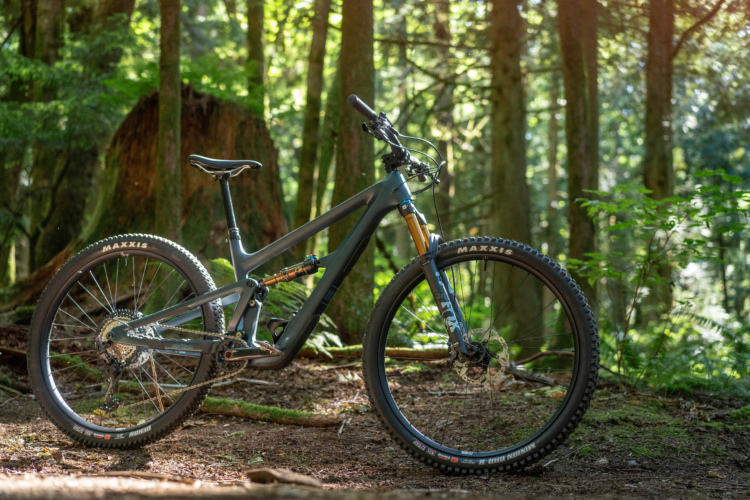
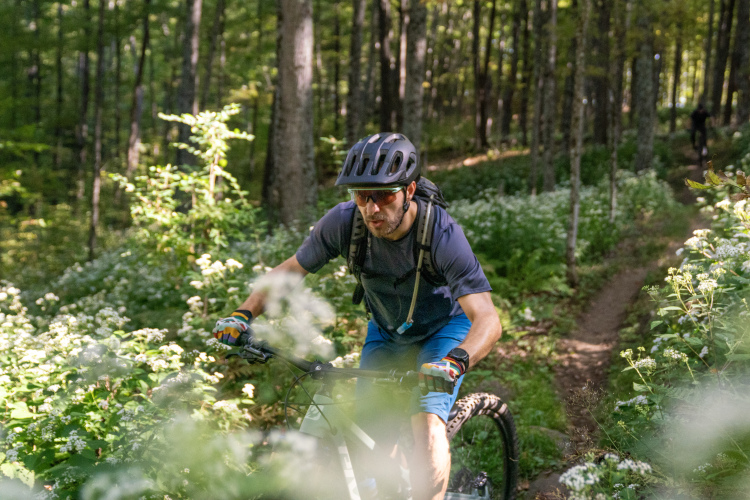


10 Comments
Jan 22, 2025
My first experience on an e-bike blew away my suspicion that it would ride like a motorcycle. It rode like a bicycle because that's what it was. The test ride made me feel like Superman when I climbed hills. Fun and useful. They're not for everybody, though. I hope the bickering about e-bikes will subside, but I also hope people will ride them responsibly.
Jan 22, 2025
Jan 22, 2025
Jan 25, 2025
Jan 23, 2025
Apr 16, 2025
Feb 1, 2025
Jan 22, 2025
Jan 22, 2025
Jan 29, 2025